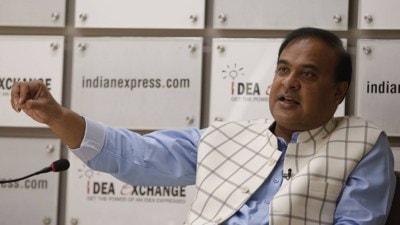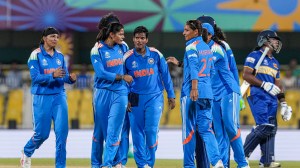And So Many Asias
Where does the heart of Asia lie? What values should inform Asian unity and cooperation?

In the 1990s, cultural critic Rustom Bharucha was invited to participate in a series of inter-Asian theatre workshops and productions many of them centred in Singapore. “I was happy to be going East,” he says, “because I thought we could turn the screws on Euro-centricity.” But within a few days of his arrival Bharucha found himself growing uneasy with the sense he was “being framed within a state-determined ‘Asia’.”
“To begin with, I was made uncomfortably aware that some form of Asian identity was being thrust upon me because I happened to live somewhere within that geographical expanse called Asia,” he claims. The features that formed the basis of this emerging Asian identity such as the assertion of “Asian values” by Mahathir Mohamad and Lee Kuan Yew — values that seemed to sustain the argument for authoritarianism against Western style democracy — contributed partly to his sense of unease. As did the fact that it was in denatured, western style city-states such as Singapore that Asia was being flaunted as “cultural capital” while in other places, such as India, there was no perceptible public discourse on the subject. These misgivings started Bharucha pondering if there was “another way of thinking about Asia”. “Can another Asia be imagined?” he wondered. “And how?”
The question led him to the one major Indian thinker who had put his mind to the idea of Asia up to the tumultuous 1940s, Rabindranath Tagore. Entering Tagore’s “Asian universe”, Bharucha also came serendipitously upon a charismatic Japanese traveller who appeared to have “catalysed the very idea of Asia for Tagore and many Indians at the turn of the last century”. This was the flamboyant art philosopher Okakura Tenshin. A leading figure in interpreting Japan for the West in the early 1900s, Okakura is probably better known posthumously in Japan for his rousing claim, “Asia is one” (The Ideals of The East, 1903), which became a tagline for Japanese aspirations during the Pacific war.
Okakura had visited India for nine months in 1902 and socialised with Rabindranath and his illustrious family. There is, however, no record of their conversation or correspondence, not even a photograph of them together, just elliptical observations such as Okakura’s confession of feeling “a sudden loneliness” after the Bengali poet had visited him in Boston in 1913, where he was head of the Asian Division of the Museum of Fine Arts.
In the hands of a historian or a political scientist, the encounter between these two eminent Asian minds could conceivably serve as an interesting footnote. But for Bharucha, cultural critic and author of several books including Theatre and the World, and The Politics of Cultural Practice, this enigmatic relationship sparked off ruminative investigations, sifting through definitions of varying complexity, into ideas of Asia, of nationalism, cosmopolitanism and friendship.
These days, in an era of global shrinkage, Asia is acquiring a certain cachet within India. Talk of turning Mumbai into Shanghai and Chennai into Singapore seems to signal a shift from our habit of looking towards the distant West for inspiration. But are these really revolutionary models? Is Asia-centricity just the other side of the coin, from Euro-centricity? And are adjacency and economic pragmatism sufficient grounds for forgetting history? Or indeed for forging a new unity?
These are some of the questions Bharucha provokes. His aim is not, as he specifically points out, to seek a utopian alternative to the New Asia that he feels needs to be rejected but to “complicate the idea of Asia”. What he also manages to achieve is to lift the idea into the realms of the imagination, of emotional bonding and aestheticism.



- 01
- 02
- 03
- 04
- 05




























